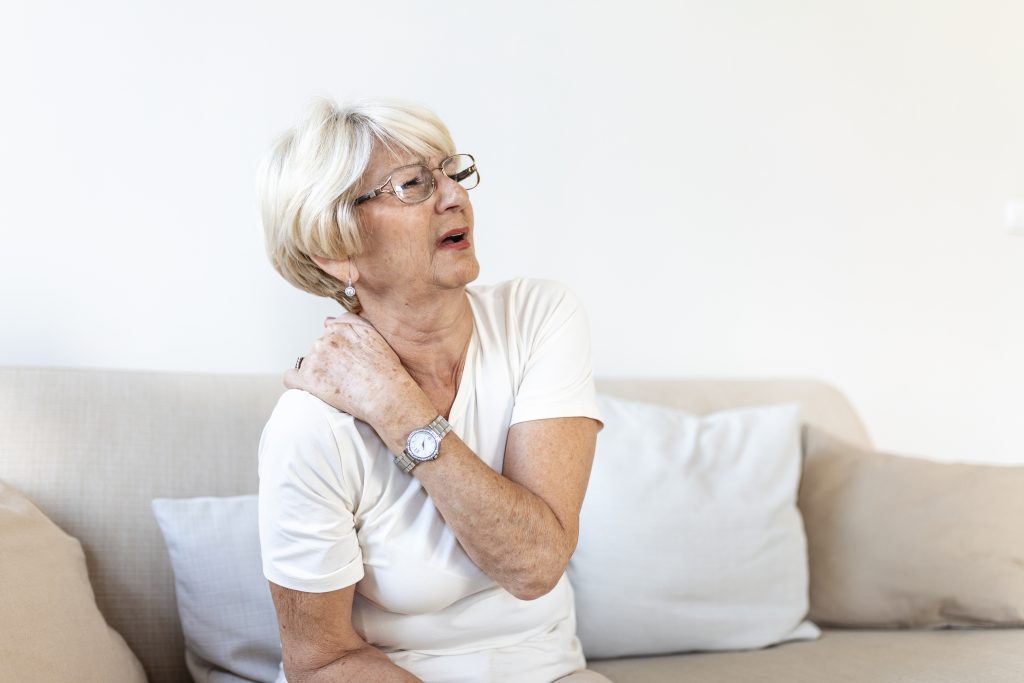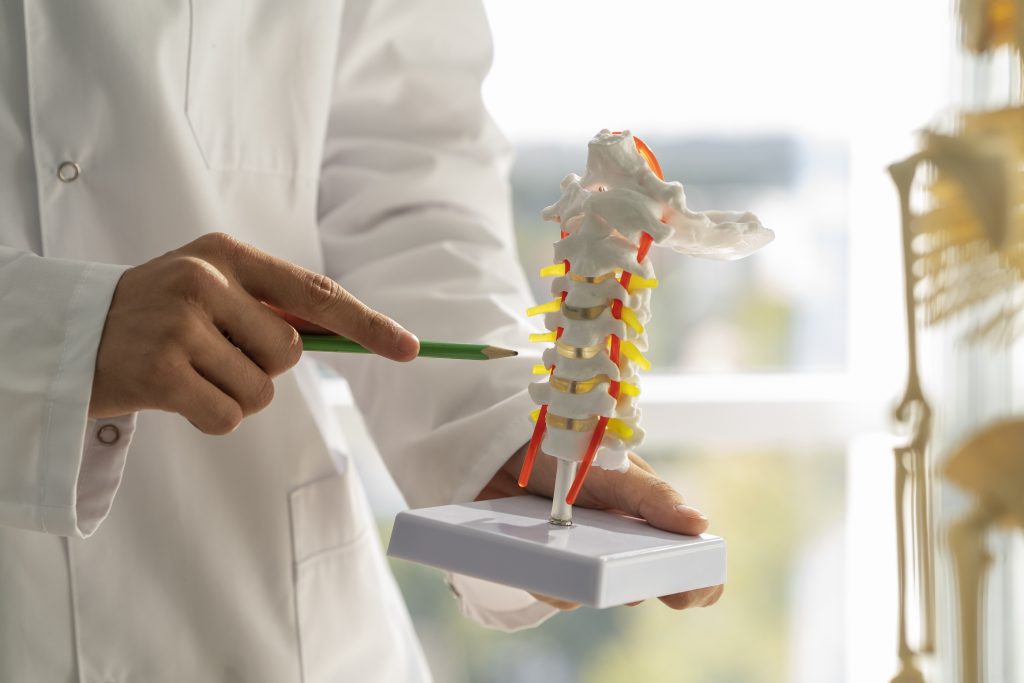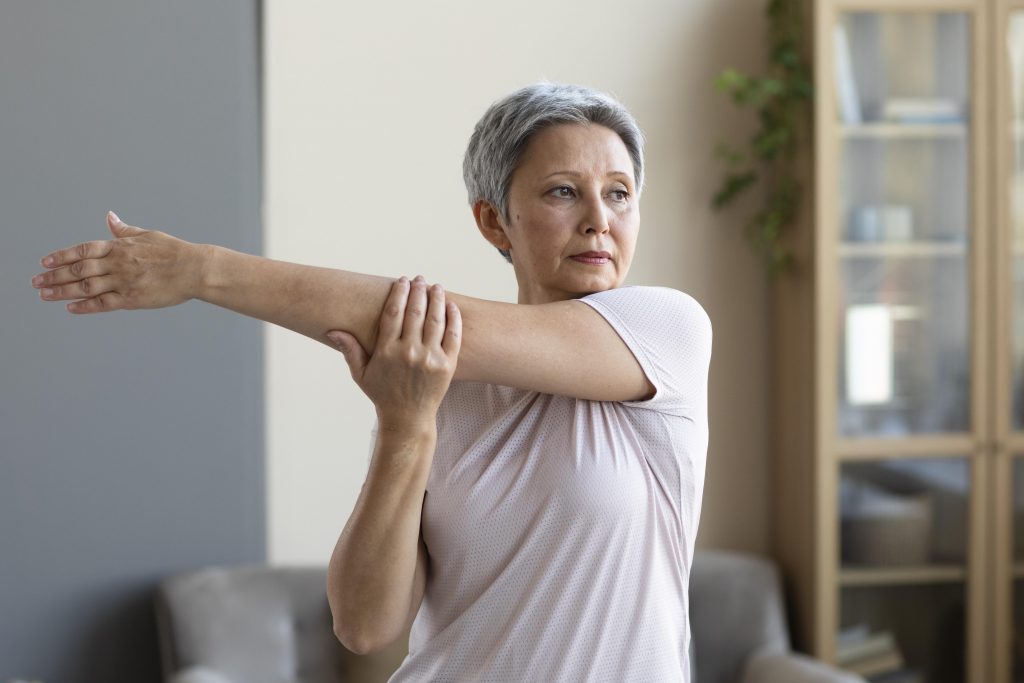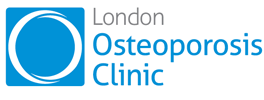Introduction
Today, 20 October, marks World Osteoporosis Day 2025—a moment when the global bone-health community raises a bold banner: “It’s Unacceptable!”
Imagine this scenario: Maria, a 68-year-old retired teacher in London, suffered a hip fracture after a minor fall. At hospital she discovered she had untreated osteoporosis—and until that moment she thought the fall was just bad luck. This is not rare. Far too many people face a fracture, lose independence, endure pain and hospital stays—and only then are given the bone health care they needed earlier.
At the London Osteoporosis Clinic, we believe this state of affairs must change. Effective prevention, diagnosis and treatment of bone fragility exist—but are too often delayed or omitted. In this article you’ll find why the theme “It’s Unacceptable!” matters, what the latest data show, and what actionable steps you can take today to protect your bones, your mobility and your quality of life.

Context & Importance
Why “It’s Unacceptable!”
The 2025 campaign theme for World Osteoporosis Day – “It’s Unacceptable!” – is a rallying cry aimed at the persistent and preventable crisis in osteoporosis care worldwide. worldosteoporosisday.org Despite affecting more than 500 million people globally, osteoporosis remains severely under-diagnosed and under-treated. Up to 80 % of patients who suffer a fragility fracture receive no follow-up diagnosis or treatment. worldosteoporosisday.org The consequences? Chronic pain, disability, loss of independence, and sometimes premature death.
The fact that we have reliable diagnostic tools, effective treatments and well-tested prevention programmes—and yet many individuals are left unserved—is the core reason this year’s slogan resonates. At London Osteoporosis Clinic, our philosophy is centred on prevention, early detection and swift treatment. We view bone health not as an optional extra but as a vital pillar of ageing well. When fractures happen, the costs—emotional, physical, financial—are enormous for patients, families and health systems alike. osteoporosis.foundation

The care gap and urgency
For many people the first indication of osteoporosis is a broken bone. Yet, bone fragility often develops silently, without pain or warning, making screening and risk assessment essential. The care gap is particularly alarming in post-fracture contexts where rates of secondary prevention can be shockingly low. With global populations ageing, fracture rates and related healthcare burdens are set to rise. This makes the message of 2025 more urgent than ever: we must act now, together, to ensure bone fragility is not the “silent epidemic” that gets neglected.
Why now matters
This year’s theme challenges both individuals and health-care providers: Is it acceptable to wait until a fracture occurs? At the London Osteoporosis Clinic, we say no. We encourage earlier assessment, lifestyle action, targeted treatment and follow-through. Our message to patients, caregivers and clinicians is: bone health must become a priority, not an after-thought. We invite you to join us in declaring “It’s unacceptable!” that strong bones are not part of every health conversation.
Core Sections

What is Osteoporosis and Why It Matters
Osteoporosis is a condition in which bone strength—and bone mass—declines to the point where fractures may occur from low‐trauma events (e.g., a fall from standing height). Because the condition often advances without symptoms, the first clue may be a broken wrist, hip, or vertebra. The impact of fractures is wide: pain, lost mobility, hospital admissions, increased risk of further fractures, and higher mortality rates.
The Hidden Reality: Silent, Under-diagnosed, Undertreated
- Many people at risk (age >50, early menopause, steroid use, low body weight, sedentary lifestyle) remain un-screened.
- Despite strong evidence and guidelines, substantial numbers of patients after a fragility fracture are not referred for bone-health assessment or treatment.
- Health systems often treat the fracture but ignore the underlying bone fragility—this leads to the “fracture-cascade”.
Five Key Pillars to “Raise the Bar”
1. Screen Early & Assess Risk
Use risk-tools (FRAX/QFracture), clinical history, bone density scans (DEXA) and labs to identify individuals at high risk. Make bone health part of routine age-related checks—not only when someone has already fractured.
2. Build Strong Bones via Lifestyle
- Weight-bearing exercise, resistance training and balance work help bone and muscle.
- Nutrition: 700–1000 mg calcium/day, adequate protein, vitamin D supplementation in low sunlight climates like the UK.
- Avoid smoking, limit alcohol, maintain healthy weight. These are proven to support bone strength.
3. Use Evidence-Based Treatment When Needed
For those at high risk or with low bone density/fracture history, medications (bisphosphonates, denosumab, anabolic agents) are available and effective. The key is timely initiation, not delay until more severe disease.
4. Post-Fracture Care Must Be Standard
When a fragility fracture occurs, the patient should be automatically assessed for osteoporosis and given a prevention plan. Fracture Liaison Services (FLS) should be standard—not an option.
5. Make Bone Health a Health-System Priority
Health-care systems must recognise osteoporosis as a major burden, integrate screening into routine care, allocate resources for prevention and follow-up. It’s unacceptable that many countries lack these structures.
Real-World Story: When Prevention Works
Take Mr S, 63, who had no symptoms but upon risk assessment at our clinic was found to have low bone density and lifestyle risk factors. He started a personalised plan (exercise + nutrition + monitoring) and avoided fractures for years—regaining mobility and peace of mind. This story reflects how earlier action changes outcomes.
What YOU Can Do Today
- Ask your GP or specialist: “Have I had a bone-health check?”
- Consider a DEXA scan if you have risk factors (early menopause, steroids, family history, low weight).
- Make bone-healthy living part of your everyday: stand, move, lift, balance.
- Share your story and help spread awareness—we all have a part to play in declaring it unacceptable that bones are neglected.
Conclusion
On World Osteoporosis Day 2025, the call from the global community is clear: “It’s unacceptable!” that millions of vulnerable individuals remain undiagnosed, untreated or unaware of their bone-health risk. At London Osteoporosis Clinic we embrace this call—to act, to prevent, to intervene early, and to keep your bones strong so your life stays full of mobility, independence and dignity.
You don’t have to wait for a fracture. Start today: ask for your risk assessment, move your body, nourish your bones, and if needed access specialist care. Every step you take helps close the care gap and ensures strong bones are a standard— not an exception.
👉 Book your assessment with London Osteoporosis Clinic today
👉 Read more bone-health guides and prevention tips on our blog
Together, let’s raise the bar for bone health and make 2025 the year when being fragile becomes unacceptable.


